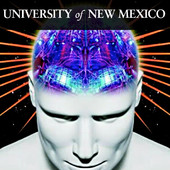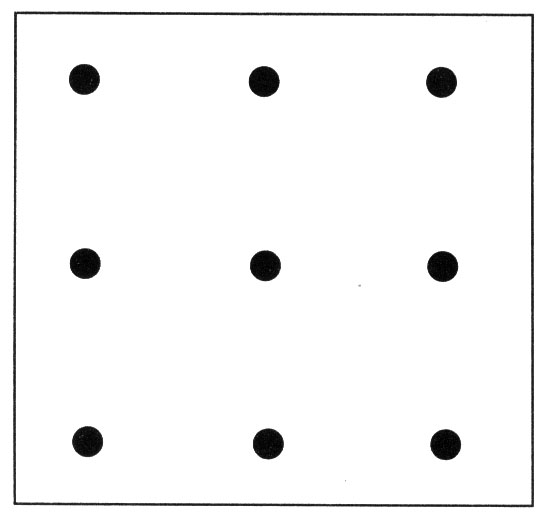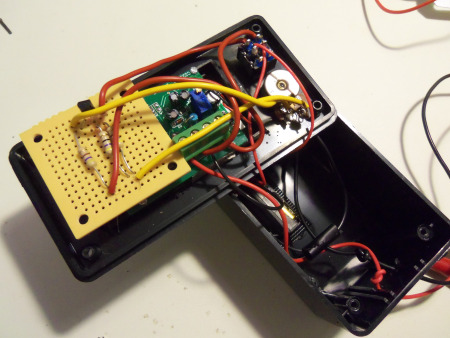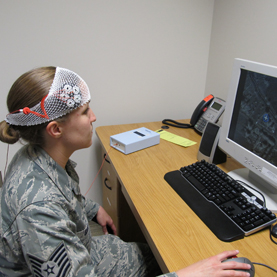 Just found this in iTunesU. Wow! You’ll recognize many of these names if you’re reading the tDCS literature. I’ve only watched the Michael Weisend talks (whom we met earlier on the blog) so far. I have a much better understanding of the difficulty of running a tDCS trial now. There’s a lot that can go wrong. If your protocols aren’t set up just right, your information might be useless. Here’s the web link iTunes Link from which you can download in iTunes. Downloads are quite slow.
Just found this in iTunesU. Wow! You’ll recognize many of these names if you’re reading the tDCS literature. I’ve only watched the Michael Weisend talks (whom we met earlier on the blog) so far. I have a much better understanding of the difficulty of running a tDCS trial now. There’s a lot that can go wrong. If your protocols aren’t set up just right, your information might be useless. Here’s the web link iTunes Link from which you can download in iTunes. Downloads are quite slow.
Introduction to Neurosystems Engineering, Spring 2011 (ECE 595) Neurosystems Engineering is an emerging field at the intersection of Neuroscience, Psychology, and Engineering, and the University of New Mexico is its epicenter.
Course Intro Dr. Gerold Yonas
Course Syllabus Dr. Gerold Yonas
Tools and Techniques in Neuronal Stimulation Dr. Edl Schamiloglu
Basic Principles of Feedback and Control Prof. Chaouki T. Abdallah
Discussing the Course General Approach and Direction Dr. Gerold Yonas
Effects of Direct Current, Non-Invasive Brain Stimulation on Learning Michael Weisend
In the Laboratory Transcranial Direct Current Stimulation (tDCS) Michael Weisend
Posttraumatic Stress Disorder: Roles for Treatment & Prevention (Part I) Dr. Pilar M Sanjuan
Posttraumatic Stress Disorder Roles for Treatment & Prevention (Part II) Dr. Pilar M Sanjuan
Tour of the Mind Research Network Dr. Vince D. Calhoun
Neuroimaging of Intelligence and Creativity (Part I) Dr. Rex E. Jung
Neuroimaging of Intelligence and Creativity (Part II) Dr. Rex E. Jung
Memories and Migraines: Application of tDCS Laura Matzen
Neurochemistry Application in NonInvasive Brain Stimulation Dr. Charles Gasparovic
Non-Invasive Brain Stimulation 1:03:47 Lucas C. Parra
Epilepsy, Autism, and Novel Treatment Strategies Dr. Jeffrey David Lewine
The Emerging Field of Sleep Disorders Medicine Dr. Barry Krakow
Presentation of Class Projects Student

 …we applied cathodal tDCS (1.6mA) at the left anterior temporal lobe (ATL) together with anodal tDCS at the right ATL for approximately 10 min… None of the 22 participants in the main experiment solved the nine-dot problem before stimulation. But with 10 min of right lat- eralizing transcranial direct current stimulation (tDCS), we found that more than 40% of participants could do so.
…we applied cathodal tDCS (1.6mA) at the left anterior temporal lobe (ATL) together with anodal tDCS at the right ATL for approximately 10 min… None of the 22 participants in the main experiment solved the nine-dot problem before stimulation. But with 10 min of right lat- eralizing transcranial direct current stimulation (tDCS), we found that more than 40% of participants could do so. Dr. Brent Williams, at his SpeakWisdom blog, published
Dr. Brent Williams, at his SpeakWisdom blog, published 
